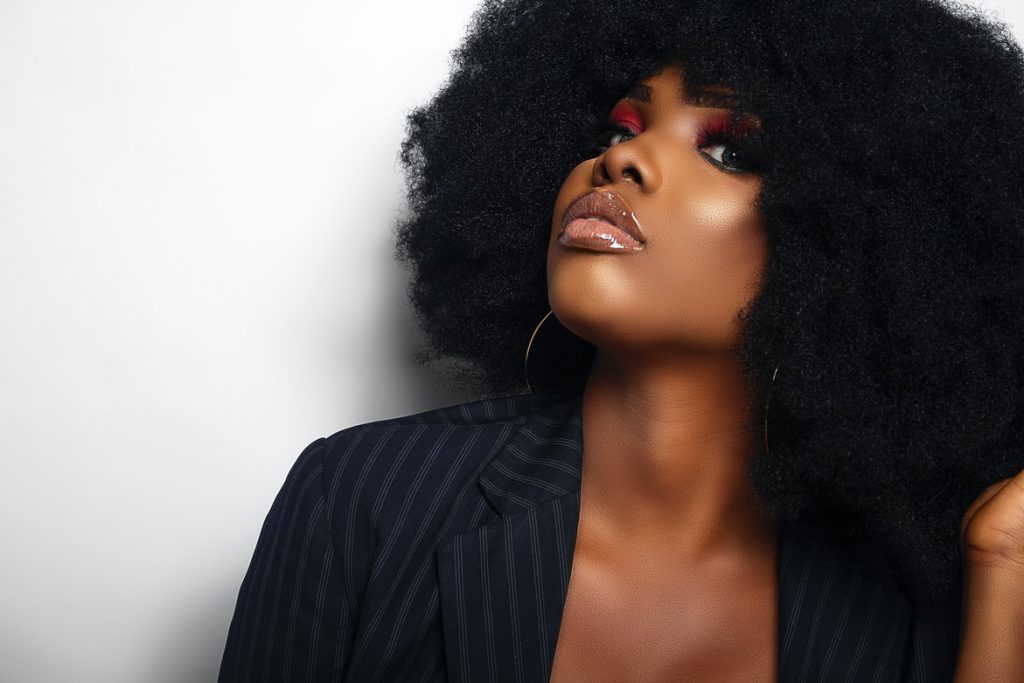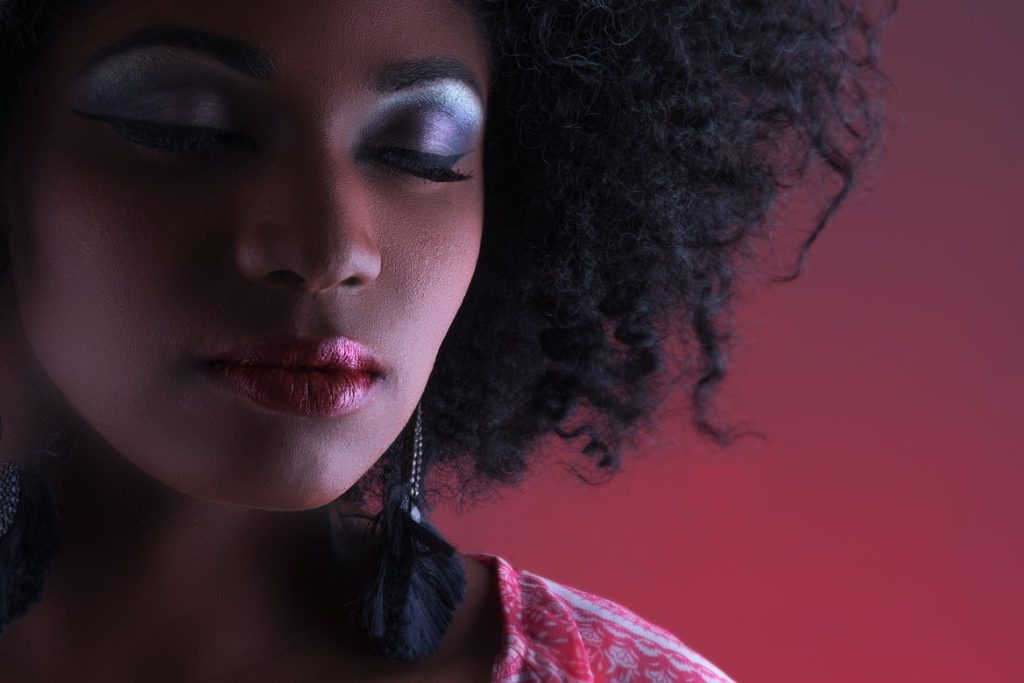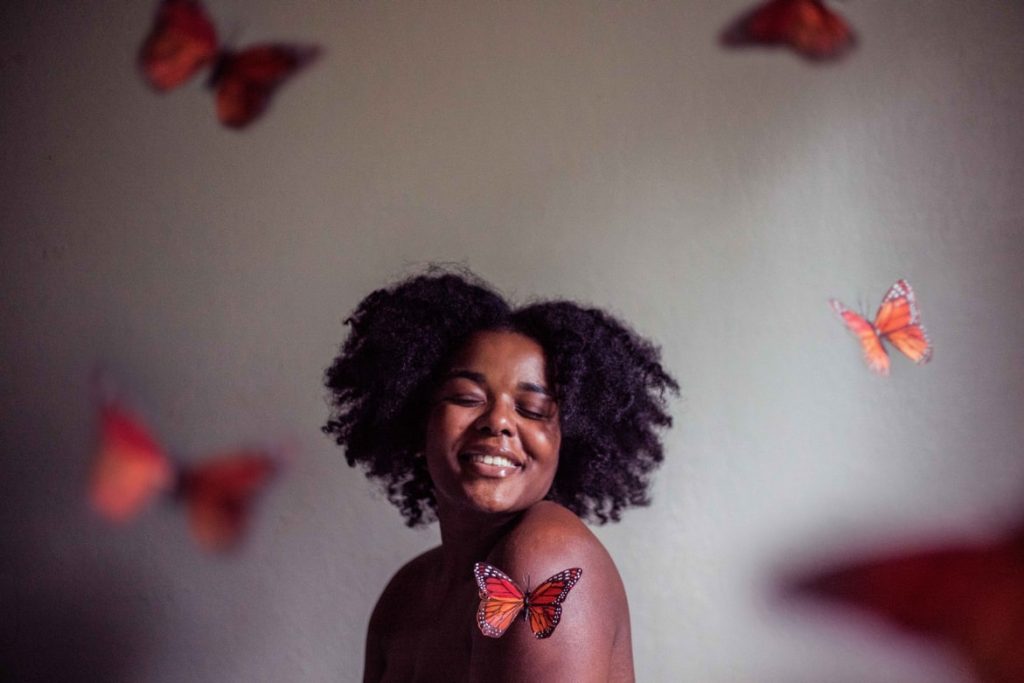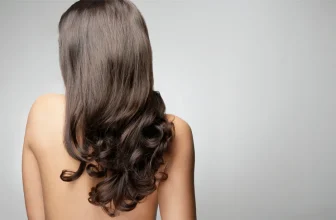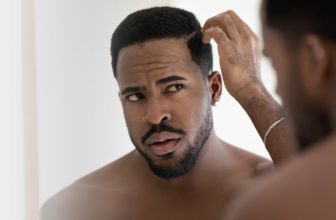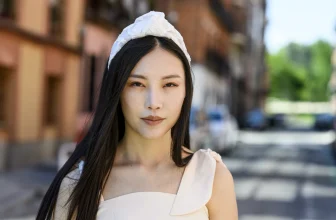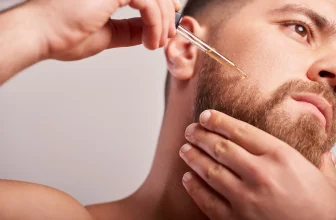Treatment Methods for Afro Hair
If your hair type is afro and you want to learn how to care for your hair, you must first determine what type of afro hair you have. Do you have afro hair that is curly, wavy, or straight? If your hair type is afro, you probably have hardly any time to care for anything else but your hair.
Afros aren’t easy to maintain but they do look incredibly stunning. Afro hair varieties have unique features and are categorized depending on how tight the curls on your scalp are; the tighter wrapped, the curlier.
Afro Hair Varieties
The Flat Afro: There are no curls or waves in flat or straight afro hair. Because it is difficult to curl, this hair type is frequently more robust. However, it is usually simpler to manage than other afro hair types since it is less prone to concerns like dryness and brittle ends unless it has been heavily colored or damaged. It’s a hard hair type to curl. The highest amount of shine is reflected by this type of hair.
The Wavy Afro: Consider your hair to have a pattern if what you have is the wavy afro type hair. Larger waves may be found down to smaller beach waves that are often easier to design. This hair type can have the same amount of volume as straight hair but is less voluminous than the curlier afro hairs. Under wavy afro, there are loose waves and these come as the second-best in terms of shine. Another sub-category is beach wave afro, which is a little tighter in the curls department. A lovely salty mist designed specifically for your hair to showcase the best of your beach wave pattern can achieve amazing results. This type of hair is usually thick and hard to style outside of its natural zone. The last sub-category is the large S-shaped waves that primarily surround the head and then expand out towards the ends. They are prone to frizzing, so if you want to style them, you will have to put in a lot of effort. This hair type is also dry, so they don’t need to be washed as often. If your hair falls into this sub-category, you should seek a routine to keep the moisture in your hair and help it retain its flexibility.
The Curly Afro: Again, we have three categories under the curly afro being large, bouncy, and loose. This curl pattern may be managed to a degree, but over messing with your hair might cause it to become highly frizzy. To revitalize your curls, you can go for a spray-on leave-in conditioner. If your curls have lovely volume and texture, they are prone to appearing dry, so use a sulfate-free shampoo to restore their smoothness, and deep conditioning your hair on a regular basis is essential.
The Messy and Crimped Afro: This is hair that is naturally very dry and wiry or soft and fine. These curl patterns may be a very narrow S or Z shape and are the densest of all curly afros. This afro hairstyle may be done in a wash-and-go manner. The best approach to style this hair is with lightweight hair products and a proper styling technique. Stretching it when it is dry can cause significant brittleness and cracks. Use hydrating oils to assist your hair to become more flexible and easier to handle along with a wide comb and plenty of water and conditioner to untangle this sort of afro hair.
Causes of Hair Loss in Afro Hair Types
Mistreatment of your hair, as well as a variety of stress-related conditions, can all contribute to hair loss. Telogen Effluvium for instance is a frequent stress-related condition. This is when you get transient hair loss as a result of stress or a stressful incident. Normally, this should be self-resolving in time but meanwhile, you can opt for some strategies to assist manage your stress besides a healthy diet and exercise regimen. We all face stress at some point in our lives, and it may be impossible to avoid. However, by taking a few measures in the correct direction, you can not only assist lessen your stress levels but also help improve your chances of avoiding hair loss.
Treatment Methods
Afro hair loss in both men and women can be addressed in a variety of methods. Non-surgical hair fall therapies may be used by combining Minoxidil and Finasteride, which is a known therapy regimen that can help increase hair growth. Research has proven that this is a successful treatment method. If that doesn’t work for you, there’s still the possibility for surgical afro hair transplant procedures such as the FUE hair transplant.
Transplanting Afro Hair
Afro hair transplants are typically more complicated than other types of hair transplants. This is because afro hair is coiled all the way to the root. This can make extracting curly hair strands without harming them separately, quite challenging. As a result, you must have a competent surgeon to analyze your circumstances before the actual treatment. It is crucial to remember that this should not discourage you since it is still achievable to have an effective afro hair transplant, and many individuals all over the world have done so. It is undeniably a more difficult process, but it is not inconceivable.
If you’ve done any research on afro hair transplants, you’ve probably come across a common procedure called FUE, which stands for Follicular Unit Excision. These forms of treatment methods are an alternative for those with afro hair. In this method, hair is extracted from donor regions at the back and sides of the head and relocated to the area of the scalp where it is needed.
This is a precise yet usually non-invasive treatment. When compared to Follicular Unit Transplantation (FUT), a FUE operation might result in less noticeable hair transplant scars since it removes individual hair follicles rather than a strip of scalp. This is why it is critical to select a competent hair transplant clinic that can provide you with individualized and proper advice. Heva Clinic provides free hair analysis, you can simply reach them to know whether you are eligible for a hair transplant operation or not.
Related Posts:
- 7 Best Red Hair Dye for Dark Hair 2024 - Top Picks
- 6 Easiest Ways To Figure Out Your Hair Type & Which…
- 9 Best Oils for 4c Hair 2024 - Review and Buying Guide
- 10 Best Almond Oil for Natural Hair 2024 - Top Picks…
- 8 Best Oils For Low Porosity Hair 2024 - Review &…
- 12 Best Coconut Oil For Natural Hair Growth 2024 -…

